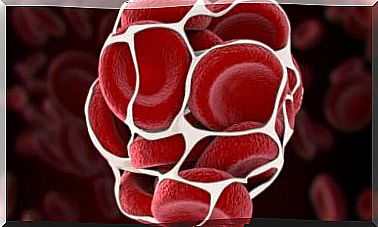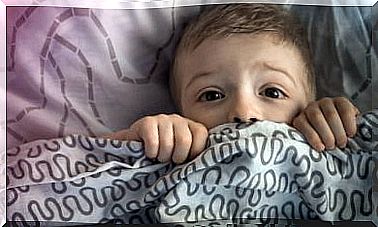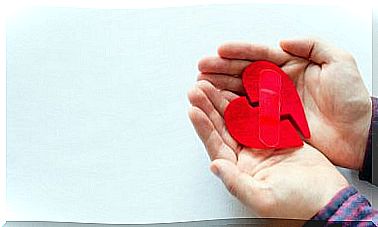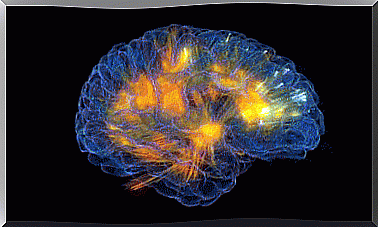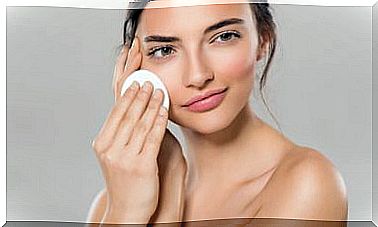Chlorhexidine: A Multipurpose Antiseptic
Chlorhexidine is an antiseptic that prevents the proliferation of bacteria, which are the main producers of wound infection. What an antiseptic such as chlorhexidine does is prevent the growth of bacteria on the tissues.
The difference that exists between a disinfectant and an antiseptic is in the difference of the substrate on which they are effective. The first inhibits bacterial growth in inert materials such as objects, while an antiseptic acts on living tissues such as skin.
The goal of using chlorhexidine in the mucous membranes of the mouth is to eliminate and prevent bacterial growth. In this way, the risk of the wound becoming infected is reduced and also does not damage the area where it is applied.
This compound sticks to the oral mucosa and it is released gradually over almost eight hours. For this reason, chlorhexidine rinses are recommended two to three times a day.
Indications of chlorhexidine
This antiseptic is commonly used in dentistry, especially to treat minor injuries to the oral mucosa. Chlorhexidine treatments can be general or local, depending on the size of the area to be treated.
General treatment
If you are one of those people who have a tendency to suffer from thrush in the mouth or any other type of discomfort that affects you frequently, you have almost certainly used chlorhexidine. It is advisable to use chlorhexidine after brushing as a rinse. Although it is also part of the composition of some toothpastes.
Localized lesions
On the other hand, if what you need is to treat more localized lesions, you can use it in the form of a spray. With the spray format, its action is more localized and punctual. Locally, this antiseptic is indicated in the following cases:
- Specific infections in the mouth.
- Wounds on the tongue.
- After a surgical intervention.
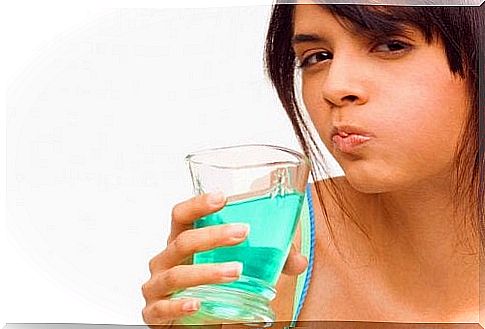
Specific oral use of chlorhexidine
Chlorhexidine for oral treatments is usually used diluted in concentrations of 0.2%, 0.12% and 0.10%. It can be applied in different formats such as gels, sprays and toothpastes. You have to use the chlorhexidine mouthwash 30 minutes after brushing, doing 15 milliliter rinses for 30 seconds.
To treat localized lesions, such as dental surgery, the spray is usually used. The use of the spray has two important advantages; one is that he The action is carried out in a more localized way, and another is that the effect antiseptic is higher.
You should not use this antiseptic for too long periods, as it can cause stains on the teeth as well as darkening of the gums and teeth. You do not have to worry because these effects derived from the use of chlorhexidine disappear when you stop using it.
Recommended form of use
Most people who use chlorhexidine do so right after brushing, as if it were a frequently used mouthwash. But that is not well done , the proper way is to use it, at least half an hour after brushing your teeth.
The reason it is recommended to use after half an hour is that chlorhexidine is not compatible with some of the components of many toothpastes. These components include sodium lauryl sulfate and sodium monofluorophosphate.
Use as a topical antiseptic
Chlorhexidine is also used as a topical antiseptic, being effective against a wide spectrum of microorganisms. It offers many advantages among which its properties of not being abrasive or irritating, nor interacting with blood. Furthermore, this compound has only very low toxicity. It can even be used on open wounds such as grazes, cuts or burns.
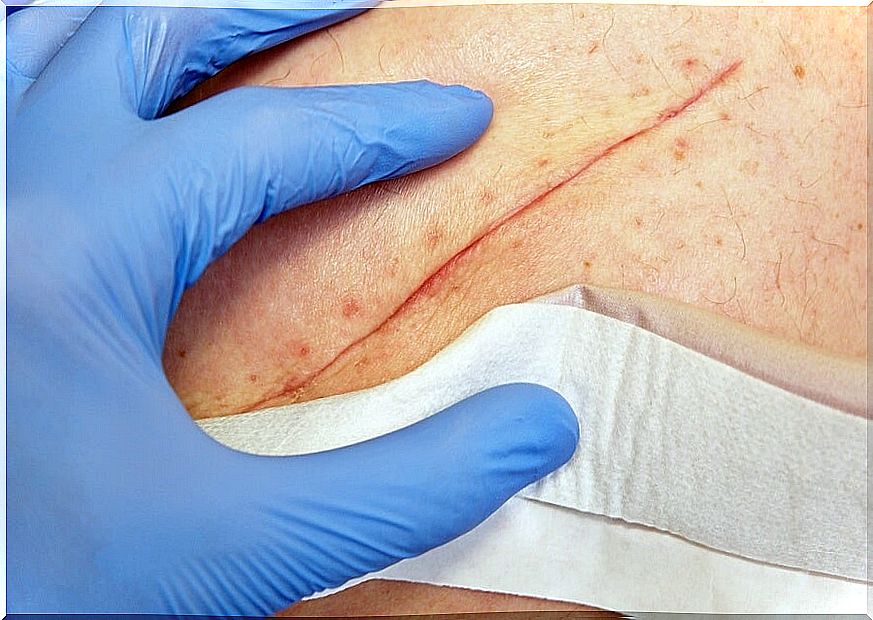
Chlorhexidine side effects
The use of this compound does not entail significant side effects, although in a very small percentage some symptoms of allergy and rashes may appear in the area of application.
The prolonged use of chlorhexidine as an oral treatment, we have already said that it can cause stains on the teeth and potentiate those produced by coffee or tobacco.
Chlorhexidine is an essential medicine
Chlorhexidine is an especially effective antiseptic against bacteria and fungi. Its use is very widespread worldwide, so much so that it is included in the list of Essential Medicines of the World Health Organization.

